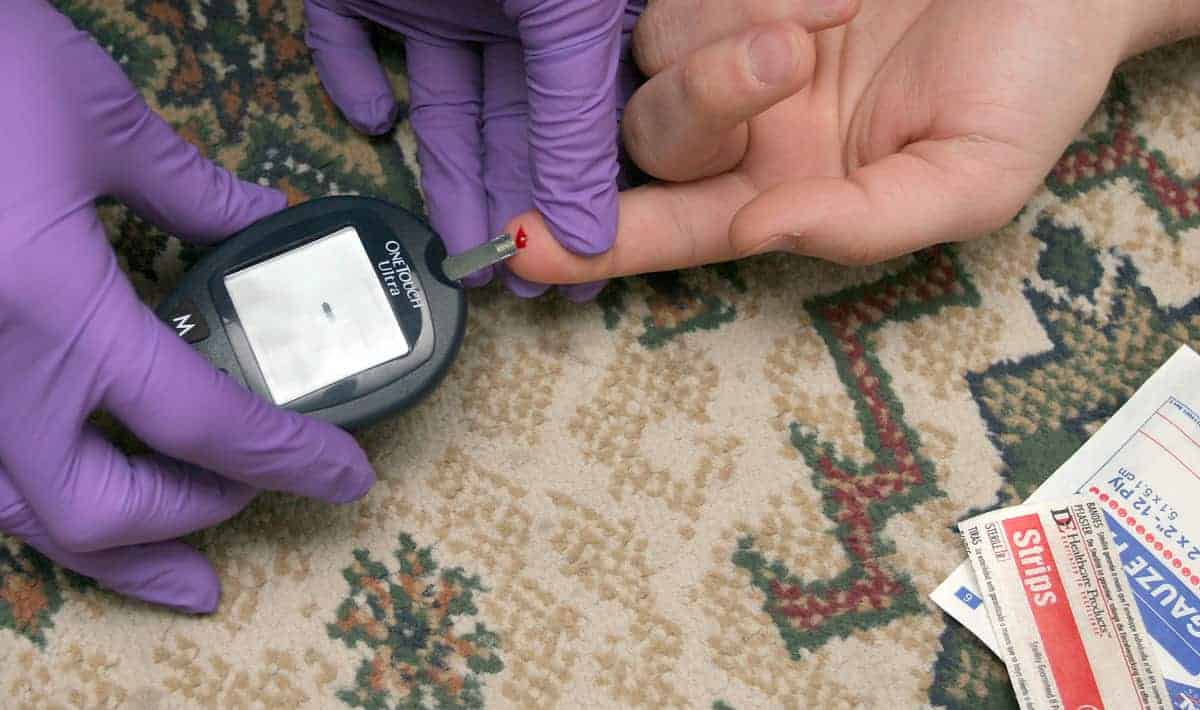
Mike Miller

by Limmer Education
Our articles are read by an automated voice. We offer the option to listen to our articles as soon as they are published to enhance accessibility. Issues? Please let us know using the contact form.
In EMT class, many students don’t realize there’s a significant difference between the medical patient and the trauma patient. The difference begins at assessment and continues through care.
The medical patient’s assessment is focused more on history. And in contrast to many traumatic conditions for which surgery is the main treatment, there are a lot of things EMS providers can do to assess and treat the medical patient effectively in the prehospital setting.
As with trauma, some medical emergencies also require urgent transport.
Check the blood glucose.
No medication is benign or harmless.
You can give too much oxygen.
Altered mental status of any kind is a serious sign.
Medical patients develop shock too.
You never diagnose something you don't consider.
All numbers found on devices are relative to the patient.
Altered mental status + possibility of pneumonia or UTI = sepsis.
If you get to the hospital and you are asked something about the patient that you don't know, you missed something. Learn from it.

Bonus #11 (Dan couldn't trim the list to 10): Medical emergencies are the detective cases of EMS.
And for all of you trauma junkies out there, this list of 10 medical things doesn’t mean we’re ignoring trauma. Here is our 10 Things You Should Know About Trauma Emergencies list.
We always appreciate it when you share your thoughts on our lists—or add a point or two of your own. Let us hear from you!

Mike Miller

Limmer Education

Limmer Education